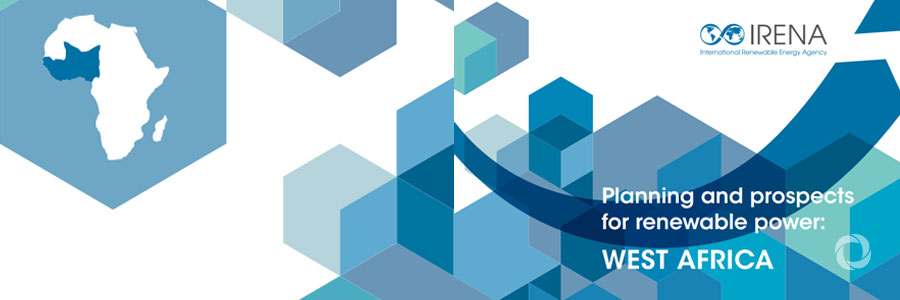Low-cost renewable energy, especially from solar photovoltaic (PV) installations, has become an increasingly important part of West Africa’s electricity supply. This report outlines three broad scenarios for the growth of renewables in the region’s power systems, particularly in relation to key national and regional targets.
While regional coordination is crucial to boost cross-border transmission and achieve the optimal power mix, national targets could add the largest shares of new capacity for renewable power generation.
The report highlights the importance of a regular and well-informed process to continually update targets at all levels. The region faces daunting energy security and access challenges. Yet West African countries have increasingly harmonized their various plans and policies to take advantage of the region’s vast renewable energy potential, with the Economic Community of West African States (ECOWAS) providing a key co-ordination framework.
This report from the International Renewable Energy Agency (IRENA), while building on earlier assessments, takes account of the latest developments in the region’s dynamic power sector. The 2018 study finds that renewable power capacity could potentially reach levels near 65% of peak load across West Africa by 2030.
The updated report also draws upon the discussions and inputs at SPLAT-W training sessions held in Dakar, Senegal, in 2015 and 2016.
Read and download the full report “Planning and prospects for renewable power: West Africa”
Original source: IRENA
Published on 23 November 2018

